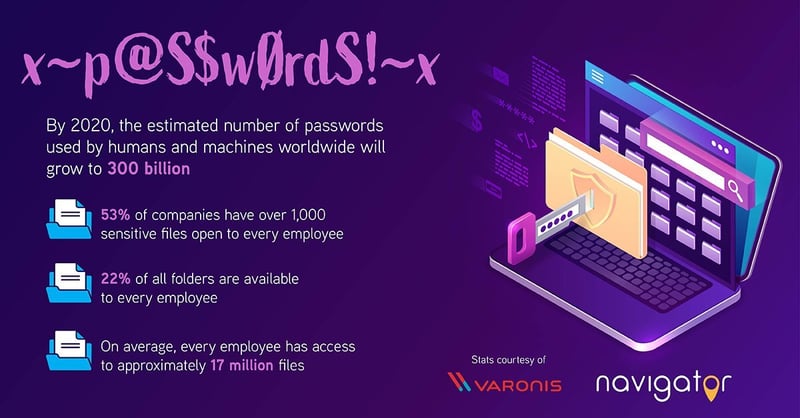In one way or another, our digital activity requires custom credentials to conserve privacy and user safety. Whether you are logging onto your computer or email, passwords are used to keep these accounts and environments safe.

When passwords are compromised, they can lead to unintentional data access, putting users at risk. The same goes for digital documents and files.
A top priority for many organizations is ensuring the protection of confidential information.
3 Tips for a Secure Password:
- Avoid basic personal information – i.e. name, organization, birthdate, phone number
HINT: Refrain from making your password your dog’s name, no matter how tempting that may be…
- Make it long and complex
HINT: Create a nonsensical phrase
- Use unique characters – i.e. numbers & symbols
HINT: Replace alternating letters with a unique character
TIP: Change your passwords regularly
